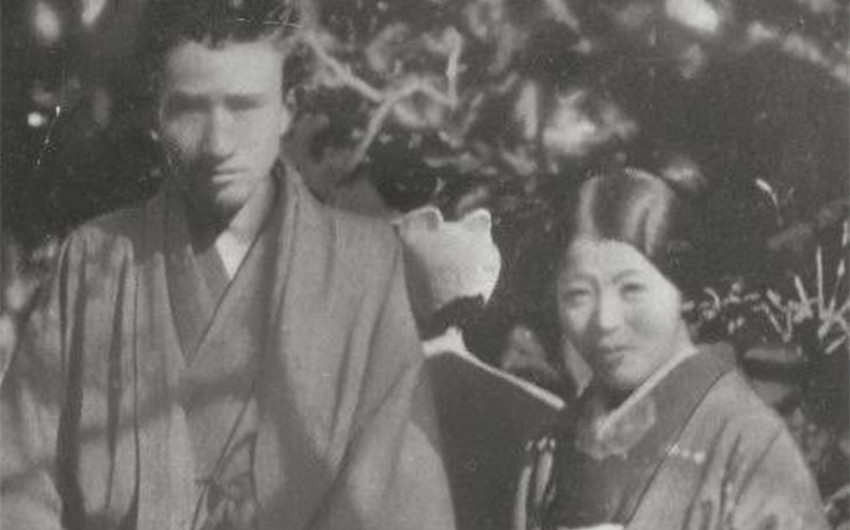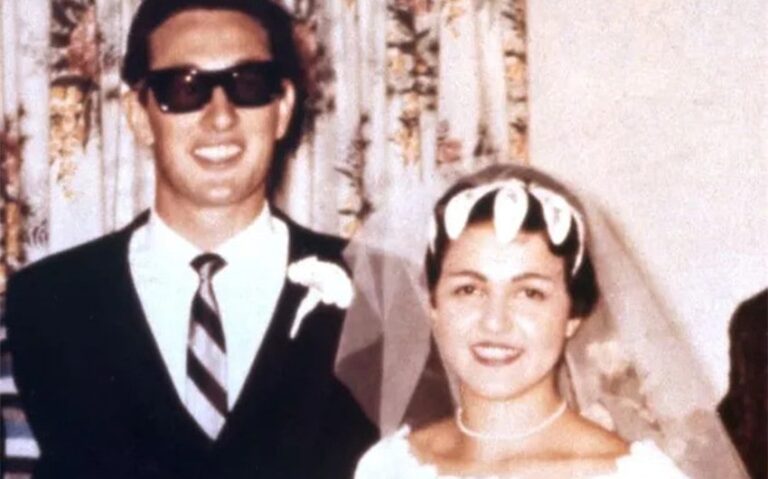Who Was Osamu Dazai’s Wife? Inside the Life of Michiko Ishihara
Osamu Dazai is remembered as one of Japan’s most brilliant yet tragic literary figures—a man whose writing revealed the raw edges of the human soul. His novels, like No Longer Human and The Setting Sun, still haunt readers with their honesty and pain. But behind the genius and self-destruction was a woman whose love and patience anchored his turbulent life. Many fans wonder about Osamu Dazai’s wife, the person who shared his brilliance and his despair. Her name was Michiko Ishihara, and her life with Dazai reflected both the tenderness and torment that defined his art.
The Man Behind the Legend
Born Shūji Tsushima in 1909 in Kanagi, Aomori Prefecture, Japan, Dazai came from a wealthy and politically influential family. Despite this privileged upbringing, he felt deeply alienated from his surroundings. From a young age, he was drawn to literature—particularly the works of Ryunosuke Akutagawa, whom he idolized. But even as he embraced writing, he began a lifelong struggle with depression, addiction, and self-doubt.
Dazai attended Tokyo Imperial University but never graduated, spending more time immersed in writing and the Tokyo literary scene than in academics. His early works were marked by humor, irony, and despair—an unusual blend that captured the complexity of postwar Japan’s emotional landscape. Over time, his writing grew more personal, exploring alienation, guilt, and the impossibility of fitting into society.
Despite his literary brilliance, Dazai’s personal life was chaotic. He suffered from poor health, multiple suicide attempts, and destructive relationships. His name became synonymous with self-destruction—yet also with emotional honesty unmatched in Japanese literature.
Who Was Osamu Dazai’s Wife?
Osamu Dazai’s wife was Michiko Ishihara, a woman who became both a source of comfort and sorrow in his life. Born into an educated family, Michiko worked as a teacher before marrying Dazai in 1938, at a time when his career was beginning to take off but his personal stability was fragile.
Dazai met Michiko after a series of tumultuous relationships and failed love affairs. Before her, he had already been married briefly and had attempted suicide multiple times with different partners. Michiko entered his life during one of his lowest periods—when he was recovering from morphine addiction and trying to find his footing as a writer. Her calm, intelligent, and nurturing personality contrasted with his erratic and often self-destructive tendencies.
For a brief period, their marriage offered Dazai a sense of stability. Michiko provided a grounding presence, helping him regain focus on his craft. They soon had children—three in total: Sonoko, Masaki, and Satoko. Dazai’s letters and notes from this time suggest that he genuinely loved his family, though his inner demons never allowed him to find lasting peace.
A Marriage of Love and Pain
Life with Osamu Dazai was never easy. His health was fragile, and his emotional volatility often led to instability at home. Michiko endured his mood swings, addictions, and infidelities with remarkable patience. Despite his erratic behavior, she continued to support him, both emotionally and practically.
Dazai often drew from his real life for his fiction, and Michiko became an inspiration for several of his characters. She represented the selfless, enduring women who often appear in his stories—figures who bear the weight of love, sacrifice, and loss. Their marriage reflected the contradictions that defined Dazai’s existence: deep affection intertwined with unbearable pain.
Michiko’s letters and accounts from friends indicate that she understood the duality of her husband’s nature. She loved him not as the “literary genius” the world saw but as a fragile, tormented human being. Her empathy and strength kept him alive through some of his darkest moments, but even she could not protect him from himself.
The Shadow of Despair
After World War II, Dazai’s career reached new heights. His novel The Setting Sun (1947) captured Japan’s postwar disillusionment and established him as one of the country’s leading voices. Yet the same period saw his depression and addiction intensify. He became increasingly detached from his family, spending more time drinking and isolating himself.
During this time, he met Tomie Yamazaki, a beautician and war widow who shared his melancholy outlook on life. Their relationship quickly turned into an affair, and by 1948, Dazai was living with Tomie, estranged from Michiko and their children. The affair devastated Michiko, though she never spoke publicly against her husband.
That year, Dazai published No Longer Human, often considered his masterpiece. The book’s protagonist, Oba Yozo, mirrors Dazai’s own self-loathing and sense of alienation. To many readers, the novel reads like a farewell note—a confession from a man who no longer saw a place for himself in the world.
The Tragic End
In June 1948, Osamu Dazai and Tomie Yamazaki committed suicide by drowning in the Tamagawa Canal in Tokyo. Their bodies were discovered a week later, on what would have been Dazai’s 39th birthday. The double suicide shocked Japan, making headlines across the country.
For Michiko, the tragedy was both devastating and strangely inevitable. She had lived for years fearing that Dazai’s self-destructive impulses would one day consume him. Left with three young children, she now had to face life as the widow of a man celebrated for his genius but haunted by despair.
Despite everything, Michiko handled her grief with quiet dignity. She never publicly criticized Dazai for his infidelity or for leaving her behind. Instead, she devoted herself to preserving his literary legacy and raising their children.
Michiko Ishihara’s Life After Dazai
After Dazai’s death, Michiko continued to live privately. She focused on her family, ensuring her children received a stable upbringing despite their father’s turbulent legacy. She also worked with publishers and scholars to help manage Dazai’s literary estate, ensuring that his works continued to reach new readers.
Those who knew her described Michiko as gentle but strong—a woman who bore her suffering without bitterness. She remained committed to honoring Dazai’s memory, even though their marriage had caused her immense pain. Her ability to separate the man from the myth, and love from tragedy, is part of what makes her story so remarkable.
Featured Image Source: pinterest.com






